1. Teens Were Expected to Be Home When the Streetlights Came On
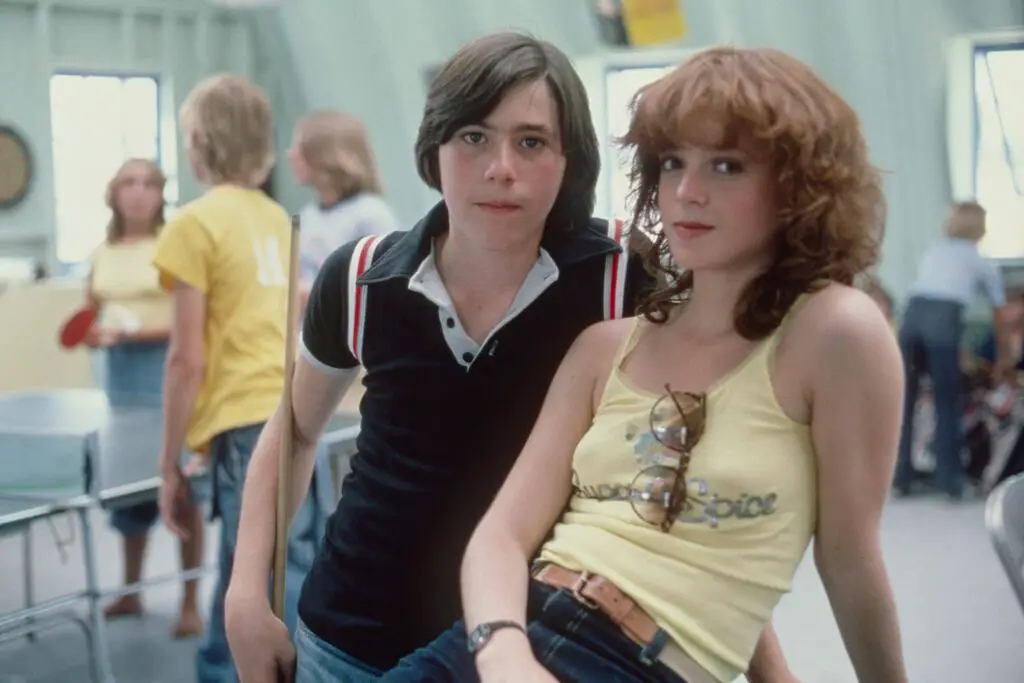
Parents in the ’70s had a simple rule—when the streetlights flickered on, it was time to be home. There were no tracking apps or constant check-ins, so kids had to rely on their watches or the sinking sun to gauge their curfew. If you were late, there was no texting a quick excuse; you had to sprint home and hope for the best. Parents expected teens to be responsible for themselves, and if you weren’t home on time, you’d probably hear about it. Some parents enforced this rule with a stern lecture, while others dished out grounding without hesitation says the Independent.
This expectation also meant that kids had a lot of freedom during the day, as long as they stuck to the curfew. Friends could roam the neighborhood, ride bikes to the store, or hang out at the park, all without an adult hovering nearby. It was a different time—one where trust was a big part of teenage life. But that trust came with consequences if you broke the rules.
2. Dating Meant Calling a Landline and Talking to the Parents
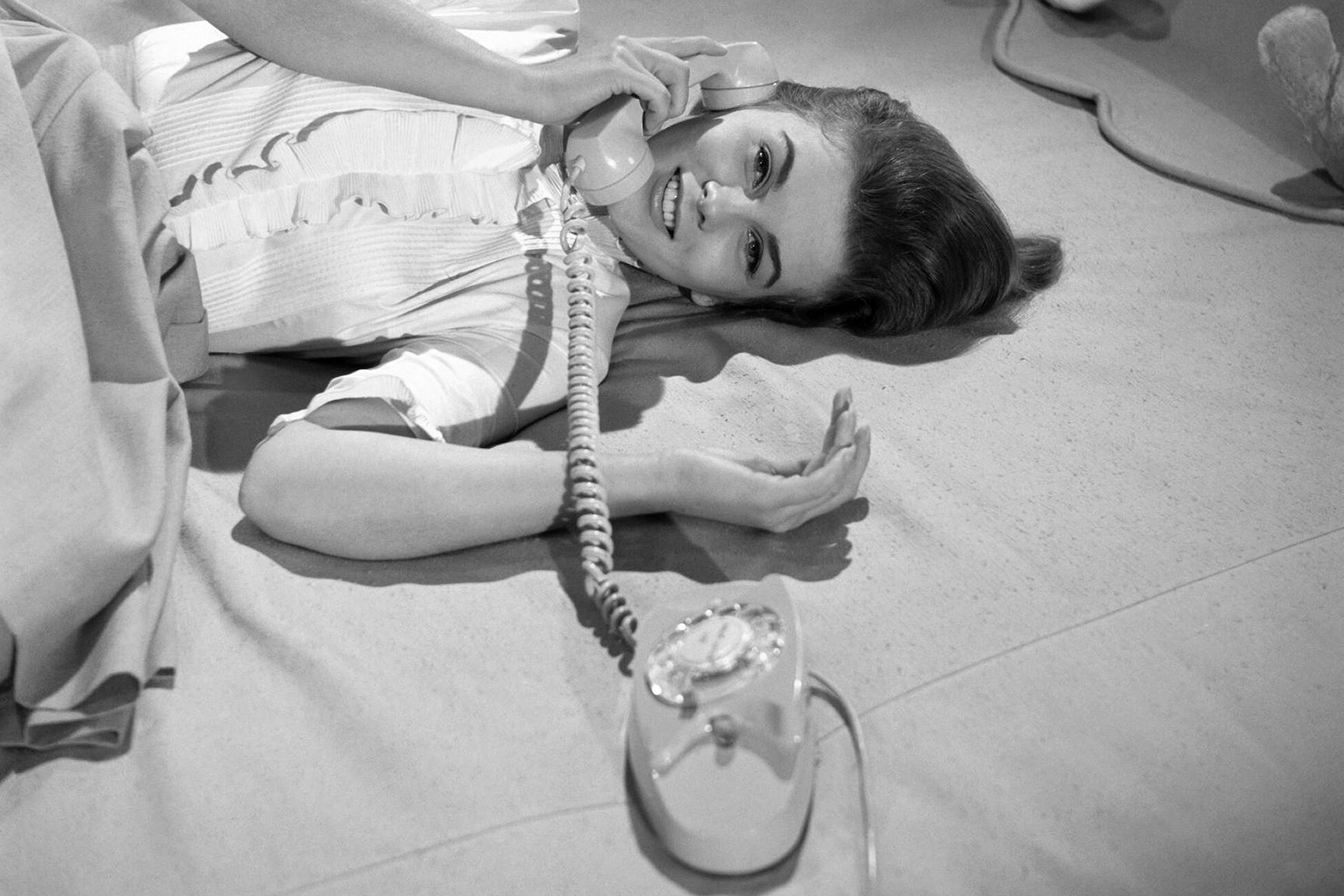
If you wanted to ask someone out, you had to work up the courage to call their house and hope their parents didn’t answer. There was no texting to test the waters first—you either dialed that rotary phone or chickened out. If a parent did pick up, you had to introduce yourself and politely ask if you could speak to their child. This sometimes led to awkward small talk or, worse, an interrogation about your intentions. It was nerve-wracking, but it was just how things were done says News24.
Once you got through to your crush, there was still no guarantee they’d say yes. Plans had to be made over the phone, and if anything changed, you had to call back and go through the whole process again. There were no last-minute texts saying, “Running late!” or “Where are you?”—you just showed up and hoped for the best. If a date didn’t go well, ghosting wasn’t an option. You’d still see each other at school or around town, and you had to deal with it like an adult adds Mental Floss.
3. Having Your Own Phone Line Was a Huge Deal

Most families had one phone, usually attached to the kitchen wall with a cord that stretched across the room. If you wanted privacy, you had to drag the receiver as far as it would go and hope no one picked up the other line. Call-waiting wasn’t a given, so if your parents were on the phone, you just had to wait. If you were lucky enough to have your own phone line, you were automatically the envy of your friends. It meant no more fighting over the phone or getting rushed off by an impatient sibling shares Your Tango.
Having your own line also gave you more freedom to talk as long as you wanted—until your parents saw the bill. Long-distance calls could add up fast, and if you spent hours chatting with a friend who lived two towns over, you might find yourself paying off the charges in chores. Despite the limitations, talking on the phone was a major part of teenage life, and a simple “Can I call you later?” held a lot more weight than it does today.
4. You Were Expected to Memorize Important Phone Numbers
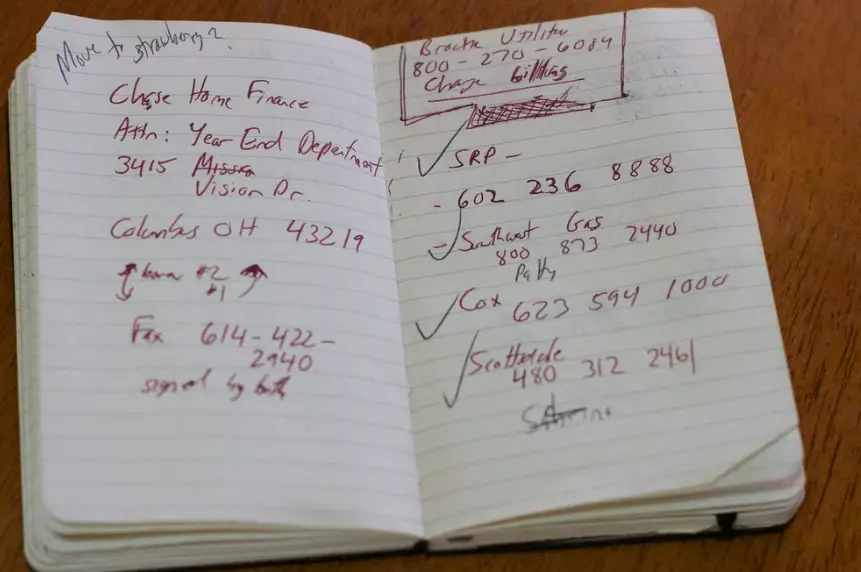
There was no speed dial, no contacts list—just your memory and maybe an address book if you were organized. You had to know your best friend’s number, your crush’s number, and your home number by heart. If you forgot a number, you had to look it up in the phone book or ask someone for it. Writing it down on a scrap of paper was risky because losing it meant losing contact.
This also meant that if you got stuck somewhere, you had to hope you remembered a number to call for help. Pay phones were everywhere, but they weren’t much use if you didn’t know who to dial. Teens had to be responsible for keeping track of their own connections, which made friendships feel more intentional. If you memorized someone’s number, it meant they were important to you.
5. Part-Time Jobs Were Almost a Requirement
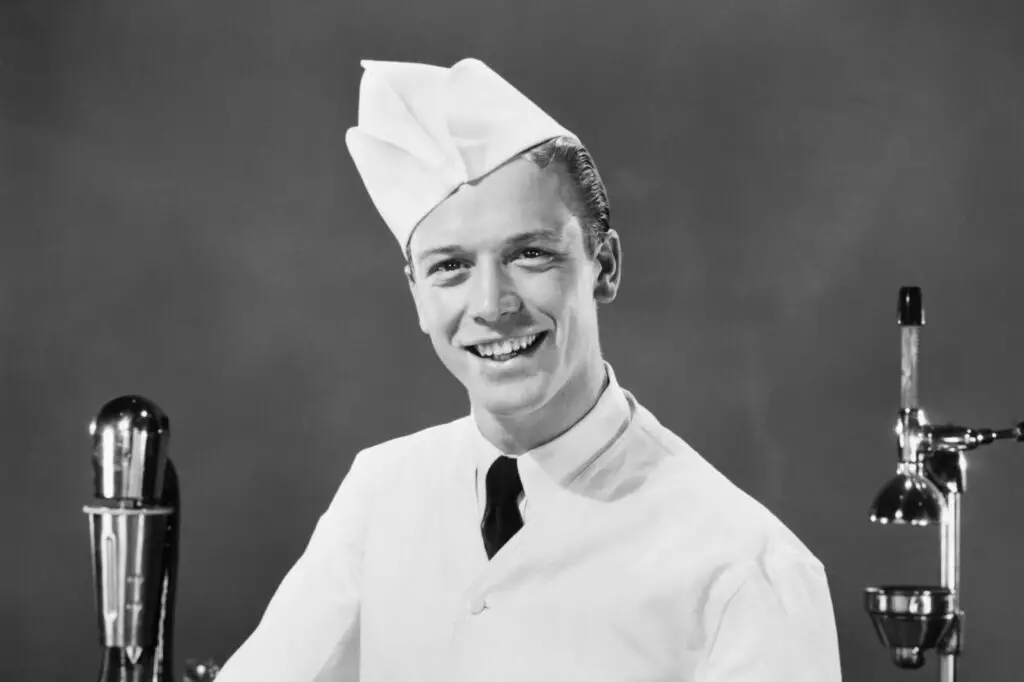
A lot of teens in the ’70s were expected to get a job as soon as they were old enough. Whether it was bagging groceries, flipping burgers, or babysitting, earning your own money was a big deal. Parents encouraged it not just for the paycheck but to teach responsibility. There were no fancy resume templates or online applications—you walked into a place, asked if they were hiring, and filled out a paper application on the spot.
Once you had a job, you were expected to take it seriously. Calling out sick wasn’t easy, and asking for time off usually meant swapping shifts with someone. But having a paycheck gave teens a sense of independence. It meant you could buy your own records, gas for your car, or tickets to a concert without asking your parents for money.
6. Schools Had Strict Dress Codes
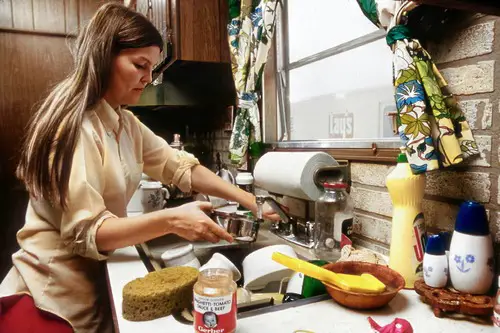
Most schools in the ’70s had rules about what students could and couldn’t wear. Skirts had to be a certain length, and boys were often expected to keep their hair short. Jeans weren’t always allowed, and some schools even required uniforms. If a teacher or principal thought your outfit was inappropriate, you could be sent home or forced to change into something from the lost-and-found.
Even outside of school, fashion was about following certain expectations. If you wanted to fit in, you had to keep up with trends, whether it was bell-bottoms or platform shoes. But in some places, dressing too “wild” could get you side-eyed by adults. Looking put-together was considered a reflection of your character, whether you agreed with it or not.
7. Parents Didn’t Drive Teens Everywhere

Getting a ride from your parents wasn’t a given. If you wanted to go somewhere, you walked, rode your bike, or took the bus. If you were lucky enough to have a car, you were expected to drive yourself and probably your friends too. But gas wasn’t cheap, so carpooling was common.
If you needed a ride, you had to plan ahead and work around your parents’ schedule. There was no last-minute “Can you pick me up?” text. If you got stuck somewhere, your only options were finding a pay phone or walking home. It made teens more self-reliant but also meant a lot of frustration when plans fell through.
8. Friendships Were Maintained in Person

If you wanted to keep a friendship strong, you had to put in real effort. There were no social media updates to keep you connected—you had to call, write letters, or actually hang out. If you moved to a new town, staying in touch meant writing long letters and waiting weeks for a reply.
This also meant that friendships felt more intentional. You made plans, showed up, and spent quality time together without distractions. There was no endless scrolling or “liking” a post to stay in someone’s life. You had to make the effort, which made friendships feel deeper and more personal.
9. Being Unreachable Was Normal

If you left the house, no one expected to hear from you until you got home. There were no cell phones, no quick check-ins—just trust that you were where you said you’d be. If plans changed, you either found a pay phone or just rolled with it. Parents couldn’t track your location, and friends couldn’t send a “Where are you?” message. You were either on time, or you missed out.
This also meant that waiting was just part of life. If a friend said they’d meet you at the mall at 3 PM, you showed up and hoped they did too. There was no way to confirm at the last minute, and if they didn’t show, you had to figure out what to do. Patience and problem-solving were necessary skills because there was no instant communication to bail you out.
10. Music Was a Commitment
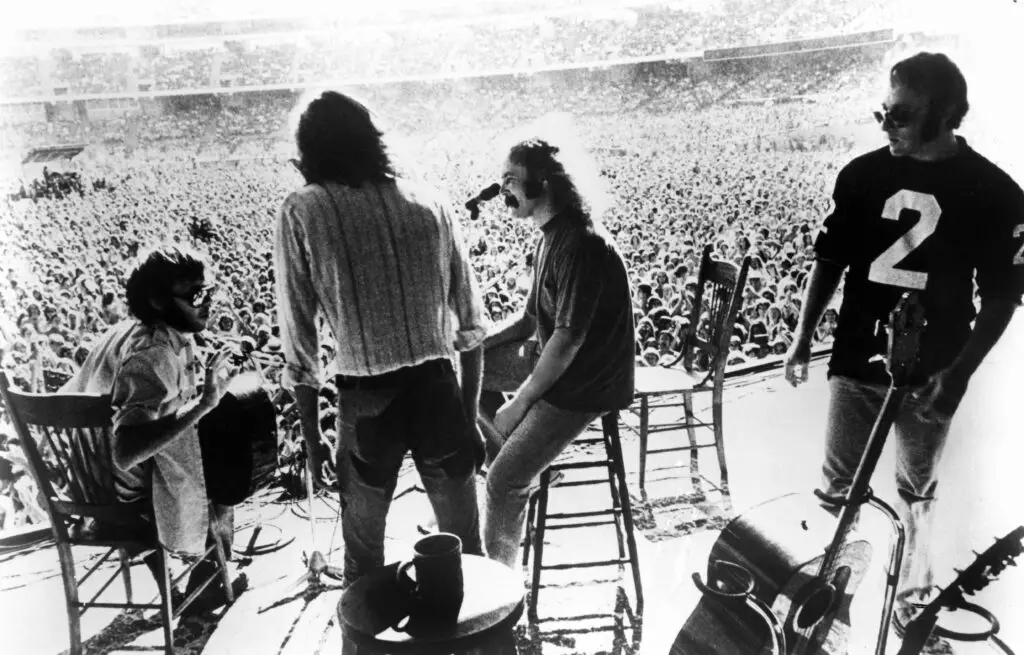
Listening to music wasn’t as simple as clicking a button. If you wanted to hear your favorite song, you either had to wait for it to come on the radio or buy the record. If you only liked one song on an album, too bad—you bought the whole thing anyway. Making a mixtape took real effort, recording songs off the radio and hoping the DJ wouldn’t talk over the intro.
Concerts were a big deal because seeing a band live was often the only way to experience their music outside of your home. If a show sold out, there was no refreshing a website for more tickets—you either camped out in line early or missed your chance. Music was more than background noise; it was something you had to actively seek out and invest in.
11. Saturday Morning Cartoons Were an Event

There was no streaming or on-demand TV—if you wanted to watch cartoons, you had to wake up early on Saturday morning. Networks had a set lineup, and if you missed your favorite show, you just had to wait until next week. There were no reruns or instant replays, so kids planned their mornings around their TV schedules.
This made cartoons feel special, like a reward for making it through the school week. Parents often used it as an excuse to sleep in while kids sat glued to the screen with a bowl of cereal. When the cartoons ended around noon, that was it—no more kid-friendly programming until the next Saturday. If you wanted more entertainment, you had to find something else to do.
12. Looking Things Up Took Effort

If you needed to know something, you couldn’t just Google it. You had to flip through an encyclopedia, ask a librarian, or call someone who might have the answer. If a teacher assigned a research paper, it meant spending hours at the library digging through books. There was no copy-paste option; you had to write everything by hand or type it out on a typewriter.
Even small things, like figuring out the weather or movie showtimes, required effort. You either checked the newspaper or called a special phone line for updates. Learning something new took patience and time, making knowledge feel more valuable.
13. Hanging Out Meant Actually Being Present
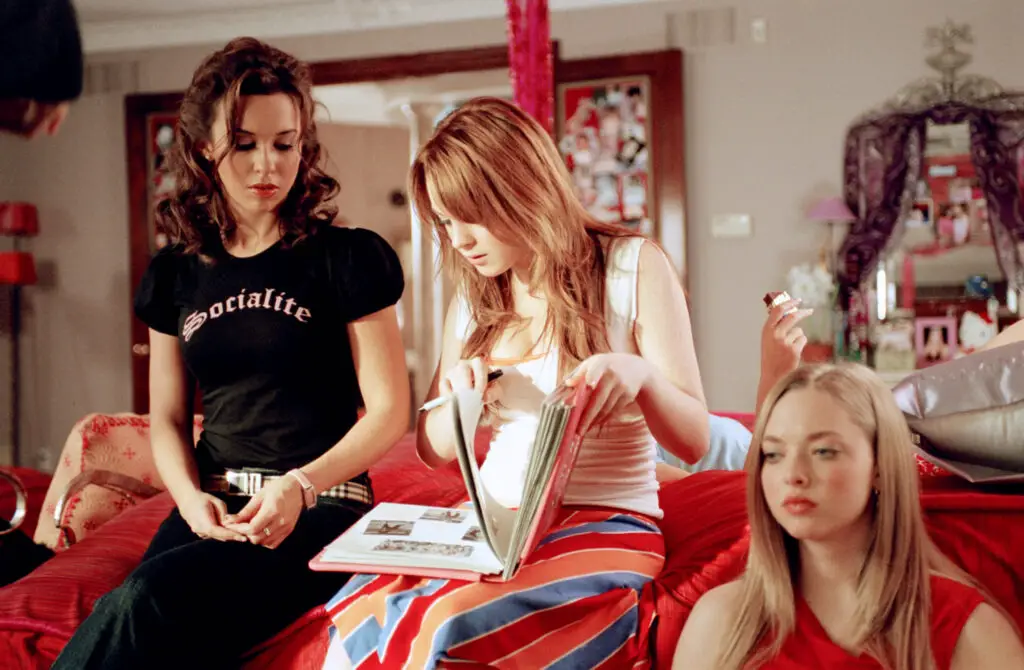
When friends got together, there were no distractions from phones or social media. You had real conversations, played board games, or just sat around listening to music. If you went out to eat, no one was snapping pictures of their food—it was just about enjoying the moment.
This made interactions feel more personal. You weren’t checking notifications or half-listening while scrolling. Friendships were built on shared experiences, and there was a stronger sense of connection. It wasn’t about capturing the perfect photo; it was about having a good time together.
14. Passing Notes Was the Closest Thing to Texting

In school, if you wanted to send a message to a friend, you had to write it on a piece of paper and hope it got passed along without being intercepted. Teachers kept a sharp eye out for note-passing, and if you got caught, you could end up with detention. But that didn’t stop kids from folding up messages in creative ways and slipping them across desks.
Some notes were short and simple, while others were full of gossip, doodles, or even secret codes. If you liked someone, a note could be the first step toward asking them out. Unlike texts, these messages could be kept and reread later, making them feel more meaningful.
15. Yearbooks Were a Big Deal

Yearbooks weren’t just something you flipped through once—they were treasured keepsakes. Everyone rushed to get their friends to sign theirs before the last day of school. Some kids wrote long, heartfelt messages, while others just scribbled “Have a great summer!” in as many books as possible. If someone had a crush, their yearbook message might have hidden hints, leading to weeks of overanalyzing every word.
Since there were no social media profiles to look back on, yearbooks were one of the only ways to remember classmates. Flipping through old pages years later brought back memories of friends, fashion trends, and inside jokes. They captured a moment in time that couldn’t be edited or deleted, making them even more special.
